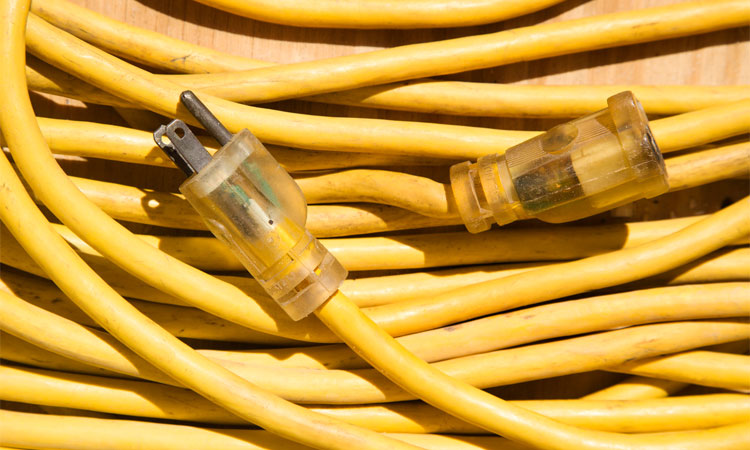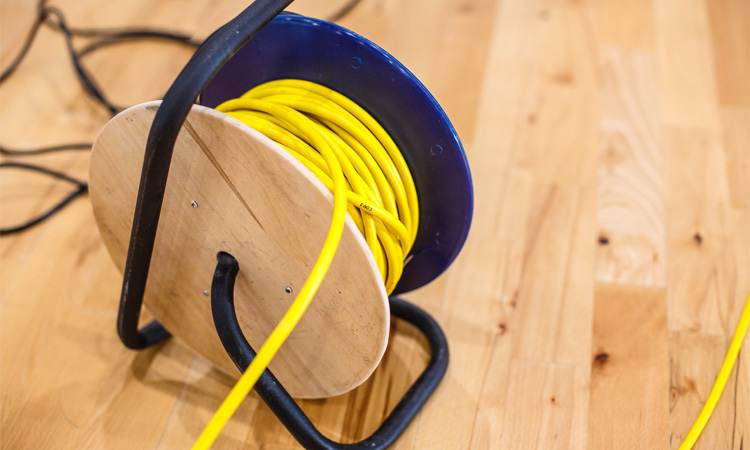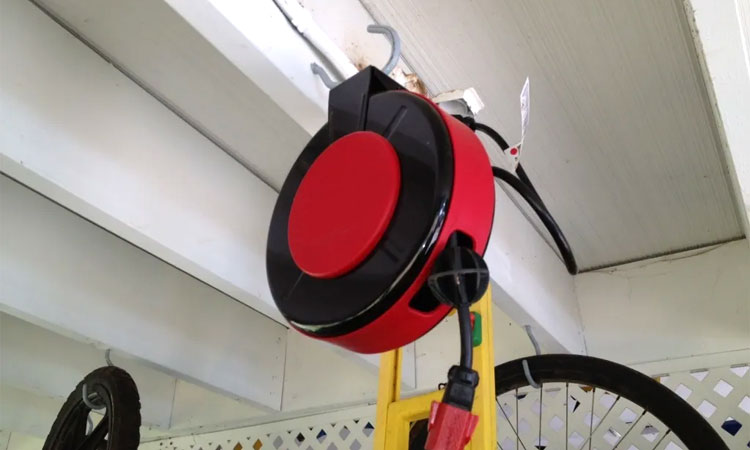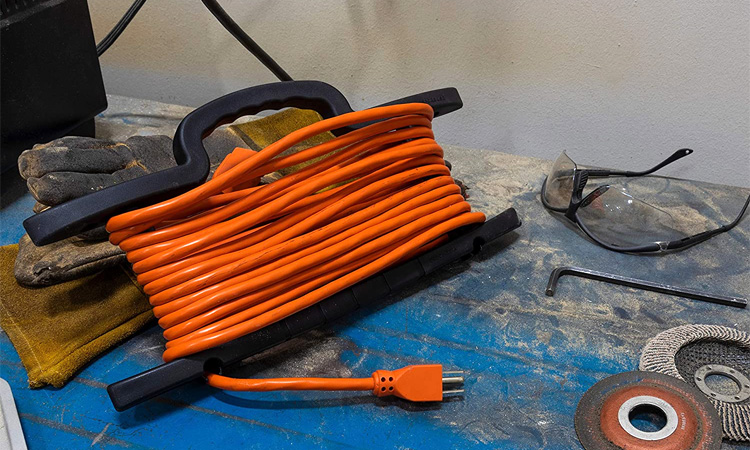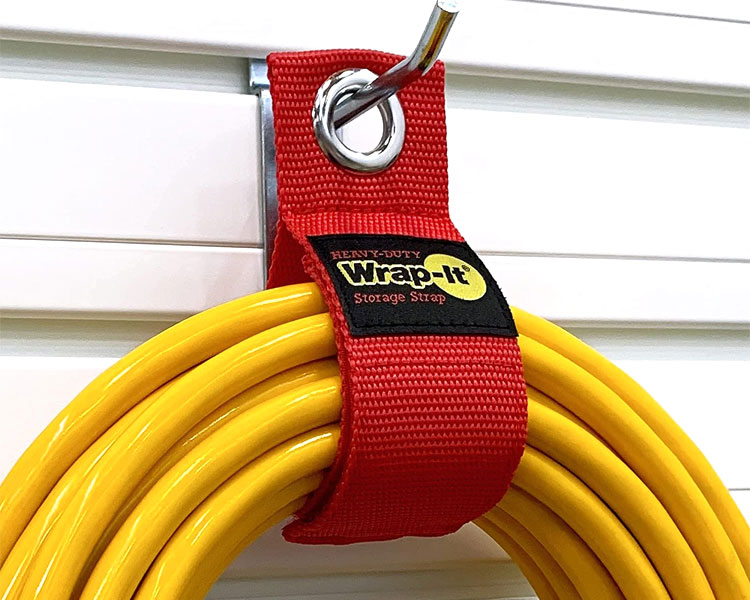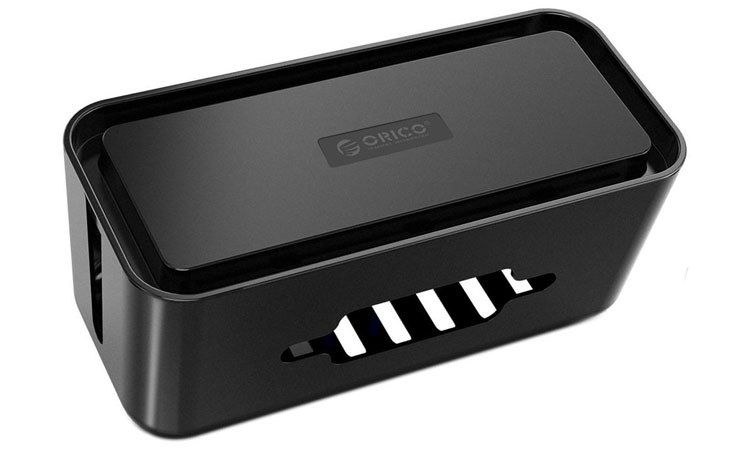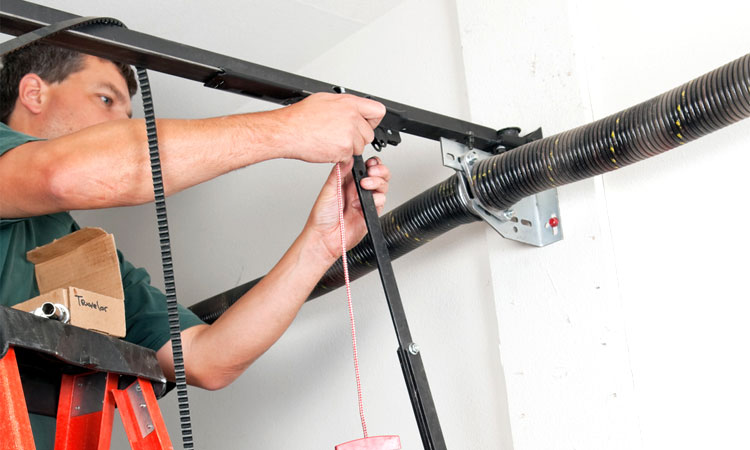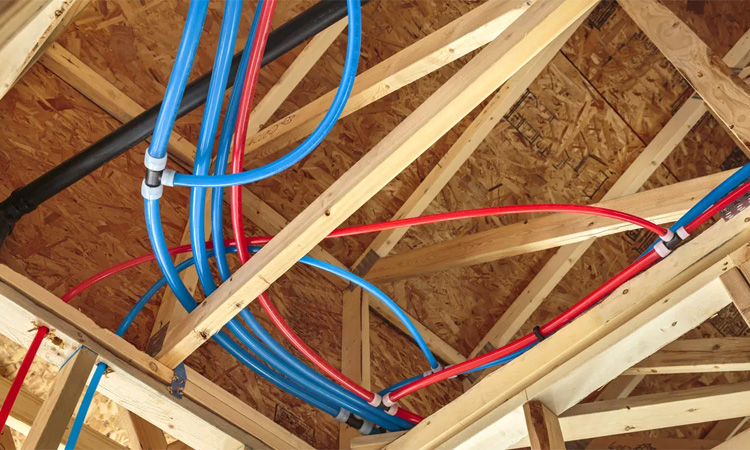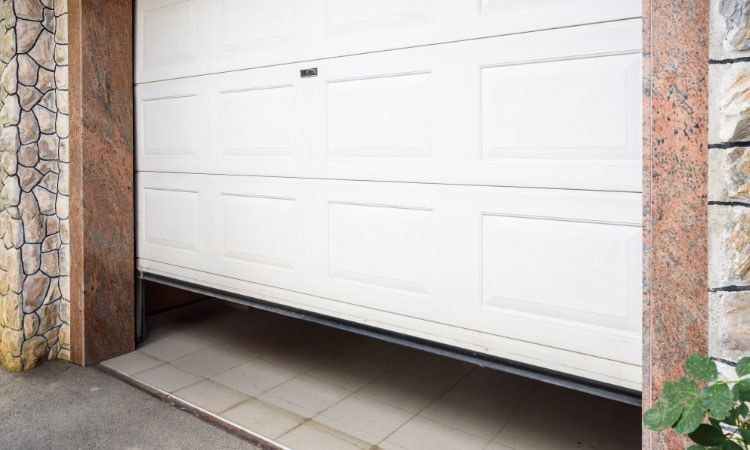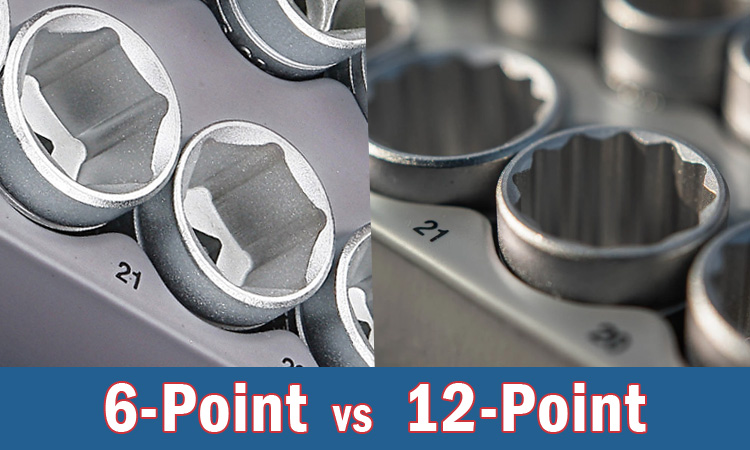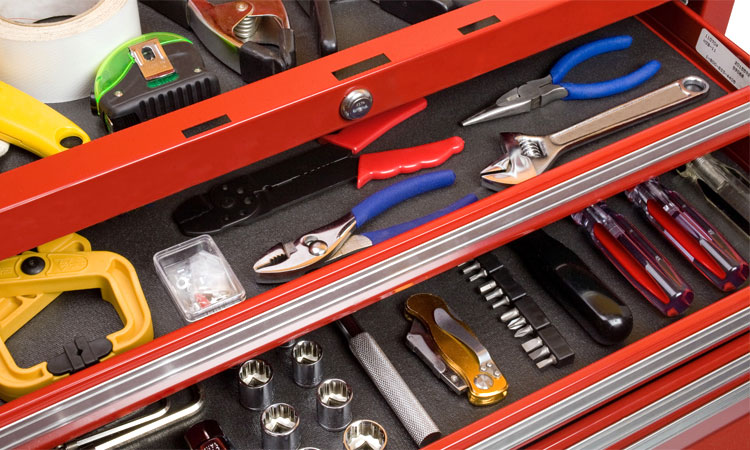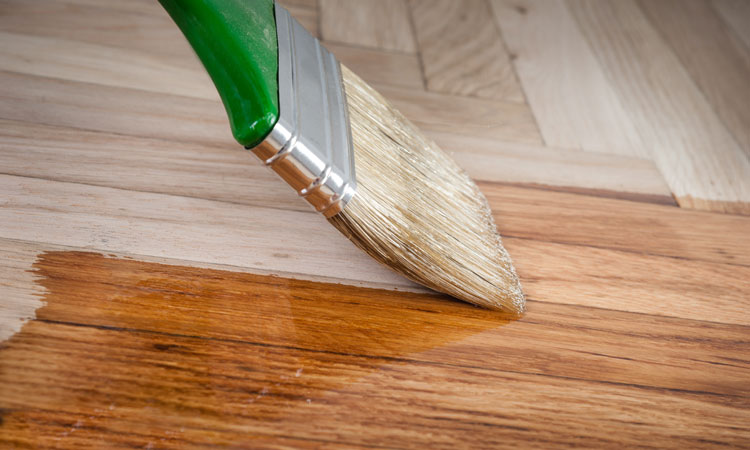10 Extension Cord Storage Ideas to Stay Organized
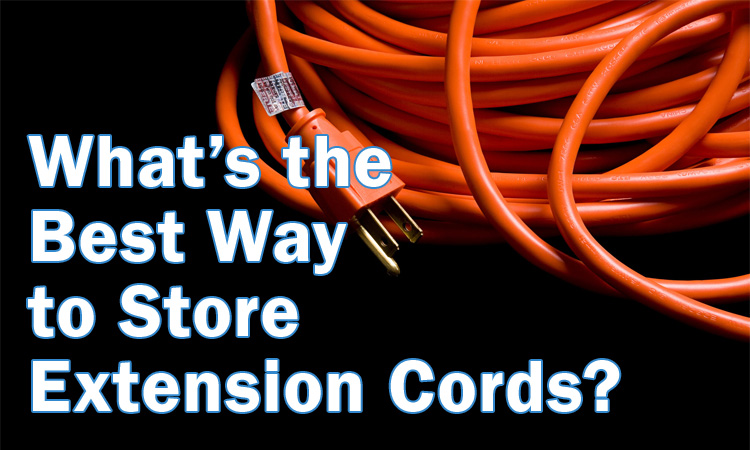
Let’s face it; whether it’s in the garage or shop, extension cords are often a necessary evil. These cords provide a longer reach for power cords but can be inconvenient and even create a fire hazard.
The light-duty cords are an excellent way to add up to three outlets somewhere in the room that’s out of reach of the nearest wall socket. Meanwhile, heavy-duty extension cords provide grounded power for your tools and appliances, often up to 100 feet or more away from the nearest outlet.
And then there are the surge protectors, which are short extension cords with multiple outlets that have a cutoff in case of power surges.
But what do you do with these cords between uses? And why is proper storage so important? Let’s take a moment to examine different storage methods and why they matter.
See Also: 7 Best Air Hose Reels
Why It Matters
There are a few different reasons to store your extension cords, all of which are equally important.
Convenience
A properly stored extension cord will allow you to grab and go, but throwing them into a box or other container can generally lead to them becoming tangled, leaving you with the time-consuming task of getting them untangled again.
Another advantage of proper storage is easy access to the cord when you need it instead of digging through boxes or other containers to find one.
Durability
Extension cords are built to be tough, but that doesn’t mean they can’t be damaged while in storage. For example, the plastic coating and insulation may be cut, causing a fire hazard.
Likewise, shorts can develop if the cord is repeatedly bent too sharply in one place. Finally, there’s the risk that the prongs may be bent, or the outlet end may get dust or debris stuck in it.
Safety
One of the most dangerous aspects of using an extension cord is the safety hazard, something that long, can create. Not only does it increase the risk of tripping when it’s run along the ground, but an unsecured cord can knock things over if it gets yanked.
When not in use, it’s not unusual to leave an extension cord where it’s needed most often, so you simply have to plug it in to use it. Unfortunately, this means those safety issues don’t go away.
Another safety concern is the fact that accidents happen, and a spill or leak may get water into the cord. This can corrode contacts, cause power surges or shorts, or even start an electrical fire.
How to Store Extension Cords
There are two major ways to store cords: grab-and-go and ready to use.
Grab-and-go storage methods store the cords in a safe place, usually as a coil, and are meant for cords you don’t use often or carry around a lot, such as in contracting or construction jobs.
Conversely, ready to use storage methods keep a cord in one place where it will be used frequently, allowing you to simply plug it into an outlet without having to worry about stretching it to where it needs to go.
Related: How to Cover an Extension Cord Outdoors
#1 – Manual Reel
Manual extension cord reels are one of the most basic methods for storing a long cord but are also highly mobile. The cord is either attached and wound with a crank or simply wrapped around a spool.
Bayco makes a good simple reel while the Masterplug storage reel includes multiple onboard power outlets allowing you to store it in your garage, throw it in the back of your truck, and use it on the jobsite.
This spool may include side handles to help you unwind the cord as you walk. Once the cord is wrapped around the spool, it’s an easy matter to hang the spool on a hook for storage until you need it.
The advantages of this method include easy transportation and convenient storage anywhere there’s a hook. You can also choose the length and type of cord you plan to spool for non-integrated reels, making it a more versatile option than retractable reels.
However, it can take a little more effort to ensure the cord is evenly wound on the spool and not wound too loose or tight.
The Green Leaf Wonder Extension Cord Winder accomplishes the same goal in a slightly different manner.
#2 – Retractable Reel
A retractable extension cord reel addresses some of the inconvenience caused by manual reels, but at a price. These all come with the cord built-in, which means you have less versatility than with manual reels, and finding one with a light-duty cord is nigh impossible.
However, they make up for this by allowing you to pull out the cord in increments and have an automatic retraction, so you don’t have to worry about winding the cord yourself. If you simply want to keep your garage organized and not worry about the portability factor, retractable reels are arguably the best way to store extension cords.
Most retractable cord reels are meant to be mounted on the ceiling or a wall, but many can also be removed and carried around. Even more useful is the fact that many come with built-in breakers to help prevent power surges or tripping the breaker when there’s too much drain.
#3 – Five-Gallon Bucket
Almost everyone has an extra 5-gallon buck laying around. Why not turn it into an extension cord holder?
Simply cut a small hole near the bottom of the bucket and thread the male end of the extension cord from the inside out so sticks out a couple feet to plug into an outlet. Then simply coil up the rest of the cord so it sits in the bucket. You can even add a lid with a hole at the top as this video shows but it’s not necessary.
#4 – Magnetic Hooks
Magnetic hooks (like from Industrial Magnets) can be a useful way to store your extension cords attached to a metal surface like a tool chest. They do a good job of keeping your cords from getting tangled when not in use. Unfortunately, they require a metallic surface, so they’re not always in the ideal location.
#5 – Cord Wrap
Simple and cheap, extension cord wraps are usually made out of plastic but can easily be made out of wood. You simply wrap your extension cord around it for easy storage.
Variations have been used for decades with some newer models like the UltraPro include grounded outlets.
#6 – Garage Wall Hooks
These types of hooks are an excellent wall-mounted solution for multiple cords. As each package has multiple hooks, you can organize your cords and even label them. Simply attach to wall studs (or attach a 2×4 to the wall that spans several studs first) and hang up your extension cords. Smartology hooks are one of the better brands.
Additionally, the hooks curl more than 180 degrees, so there’s less risk of a cord becoming dislodged if jostled. They’re a very basic solution but it works well, especially for shorter cords.
#7 – Storage Straps
Another very low-tech solution that works well. Most extension cord storage straps are simply a heavy duty nylon strap that uses a hook and loop material to wrap around a bundle of extension cord. Most can be hung on a wall while some include a built-in handle for easy transport. Great for extension cords, air hoses, and even garden hoses.
#8 – Pegboard Hooks
These are essentially the antithesis of command hooks (below). Pegboard hooks simply attach to a standard 1/4″ pegboard and can help keep extension cords off the grounds and secured.
Unlike command hooks, they’re sturdy enough to hold heavy-duty cords or surge protectors securely and can also store coiled larger cords. While inexpensive and effective, not everyone wants to store their extension cords on a the pegboard behind their workbench.
#9 – Cable Management Box
For light duty indoor extension cords, these useful metal or plastic storage boxes are designed to store multiple cords and even entire power strips. They come in multiple shapes and sizes and are quite affordable. The D-Line box is a popular example.
The inside of the box has storage space where you can lay coiled cords, and many are ventilated. On the outside, the box has slots through which you can run the cords.
If you have a surge protector inside, you can keep cords plugged in and simply plug your surge protector into a wall outlet once you get to where you’re going. It also makes it a snap to organize your cords a snap, as you can run the cords through different slots and even label them.
The only real disadvantage to this type of storage depends on the box you purchase. For example, a non-vented box can allow in-use cords to overheat, and the most attractive boxes can get pretty pricey for a simple container ($40 or more!). However, the versatility and functionality of these boxes mean you’ll likely want several for the home.
#10 – Command Hooks
These inexpensive bits of plastic and metal are a DIY staple, but did you know they can also be used to store permanent light duty extension cords? Large Command Hooks allow you to keep light-duty cords mounted to a wall without the need for drilling and can fit almost any space. The larger metal ones can also be used to store a coiled light-duty cord.
Unfortunately, the adhesive backing doesn’t always hold too well, so the hooks may not be able to support some cords or surge protector’s weight. It’s also possible to yank one from the wall if you tug the cord hard enough, and some command hooks are too shallow to cradle the cord adequately.
Not the best idea but can work in some instances.

